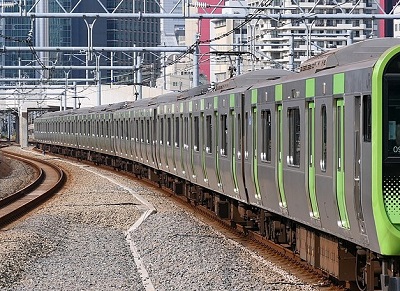Colombo, (Samajweekly) Sri Lanka has decided to set a time frame to discuss with Japan to bring the controversially and unanimously suspended Light Railway Transit (LRT) back on track.
The cabinet approval was granted for the resolution presented by President Ranil Wickremesinghe to prepare an appropriate time frame for entering into the agreement with the Japanese diplomatic mission in Colombo once again on the proposed LRT project, Cabinet spokesman and Mass Media Minister Bandula Gunwardena said.
Creating a diplomatic rift between Japan and Si Lanka, in September 2020 former government led by Gotabaya Rajapaksa unanimously and abruptly terminated the $1.5-billion Japanese-funded light rail project claiming it was not a “cost-effective solution” for the traffic jam in the capital Colombo.
Signed during the Wickremesinghe-led 2015 government, the agreement was the largest single foreign-funded infrastructure project in Sri Lanka. The project was also seen as an example that Sri Lanka would not depend only on Chinese-funded road development. However, former President, Rajapaksa who was elected in 2019 decided to “terminate the project and close the project office with immediate effect”.
Minister Gunawardena told the media on Wednesday that the decision to cancel the project by former President Rajapaksa was done on the wrong advice.
The project to build a rail system with a low-interest loan from the Japan International Co-operation Agency (JAICA) included 16 stations over 15.7 km.
President Wickremesinghe who visited Japan in May apologised over the former President’s decision to cancel the project and in June, he appreciated the East Asian techno-giant stating “Japan is our long-time friend; a nation that has helped our country greatly. But they are now unhappy with us due to the unfortunate events of the past.”










